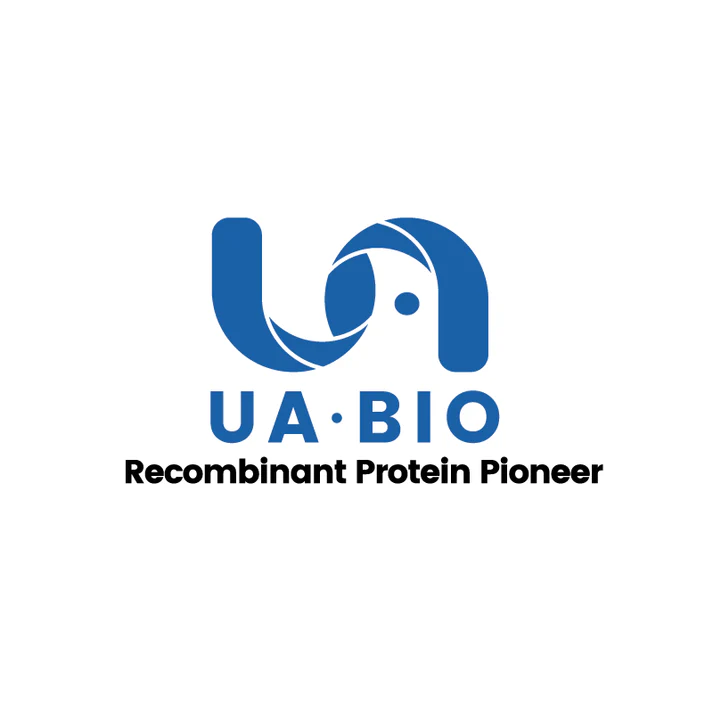1μg (R: reducing condition, N: non-reducing condition).
Product Details
Product Details
Product Specification
| Species | Mouse |
| Synonyms | HARP; HBBM; HB-GAM; HBGF8; HBNF; HBNF1; HBNF-1; Heparin-binding brain mitogen; HNGF-8; NEGF1HBGF-8; neurite growth-promoting factor 1; neurite growth-promoting factor1); OSF-1; Osteoblast-specific factor 1 |
| Accession | P63089 |
| Amino Acid Sequence | Gly33 - Asp168 with Human IgG1 Fc at C-Terminus |
| Expression System | Baculovirus-InsectCells |
| Molecular Weight | 45-55kDa (Reducing) |
| Purity | >95% by SDS-PAGE & RP-HPLC |
| Endotoxin | <0.1EU/μg |
| Conjugation | Unconjugated |
| Tag | Human IgG1 Fc |
| Physical Appearance | Lyophilized Powder |
| Storage Buffer | PBS, PH7.4,5% trehalose |
| Reconstitution | Reconstitute at 0.1-1 mg/ml according to the size in ultrapure water after rapid centrifugation. |
| Stability & Storage | · 12 months from date of receipt, lyophilized powder stored at -20 to -80℃. |
| Reference | 1.Enhanced hippocampal long-term potentiation in mice lacking heparin- binding growth-associated molecule. Amet L.E., Lauri S.E., Hienola A., Croll S.D., Lu Y., Levorse J.M., Prabhakaran B., Taira T., Rauvala H., Vogt T.F. |
Background
Heparin-binding growth-associated molecule (HB-GAM), also known as pleiotrophin (PTN), is a highly conserved extracellular matrix-associated protein involved in various developmental processes, including the formation and plasticity of neuronal connections. PTN, identified as a novel heparin-binding, developmentally regulated cytokine, has been referred to by multiple names, including heparin-binding brain mitogen (HBBM), heparin-binding growth factor-8 (HBGF-8), heparin-binding neurite-promoting factor, heparin-binding neurotrophic factor (HBNF), heparin-affinity regulatory peptide (HARP), osteoblast-specific factor (OSF-1), and pleiotrophin. PTN is a member of a family of heparin-binding proteins sharing sequence, structural, and functional similarities. It can be used as an attachment substrate to stimulate neurite outgrowth in mixed cultures of embryonic brain cells from rats, mice, or chickens. PTN has been shown to transform NIH-3T3 and SW-13 cells, demonstrated by anchorage-independent growth and tumor formation in nude mice. These findings suggest that, despite conflicting reports of PTN's growth-promoting activity in vitro, it may play a role in abnormal cell growth in vivo.
Picture
Picture
SDS-PAGE
RP-HPLC
The purity of Pleiotrophin/PTN Fc Chimera Protein, Mouse is more than 95% determined by RP-HPLC.


